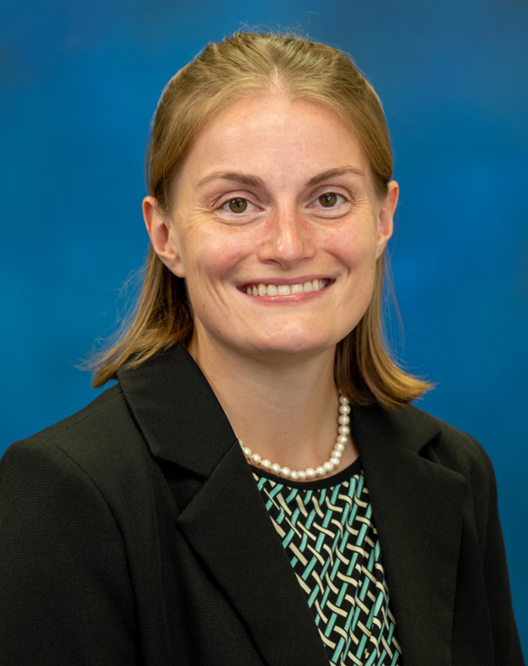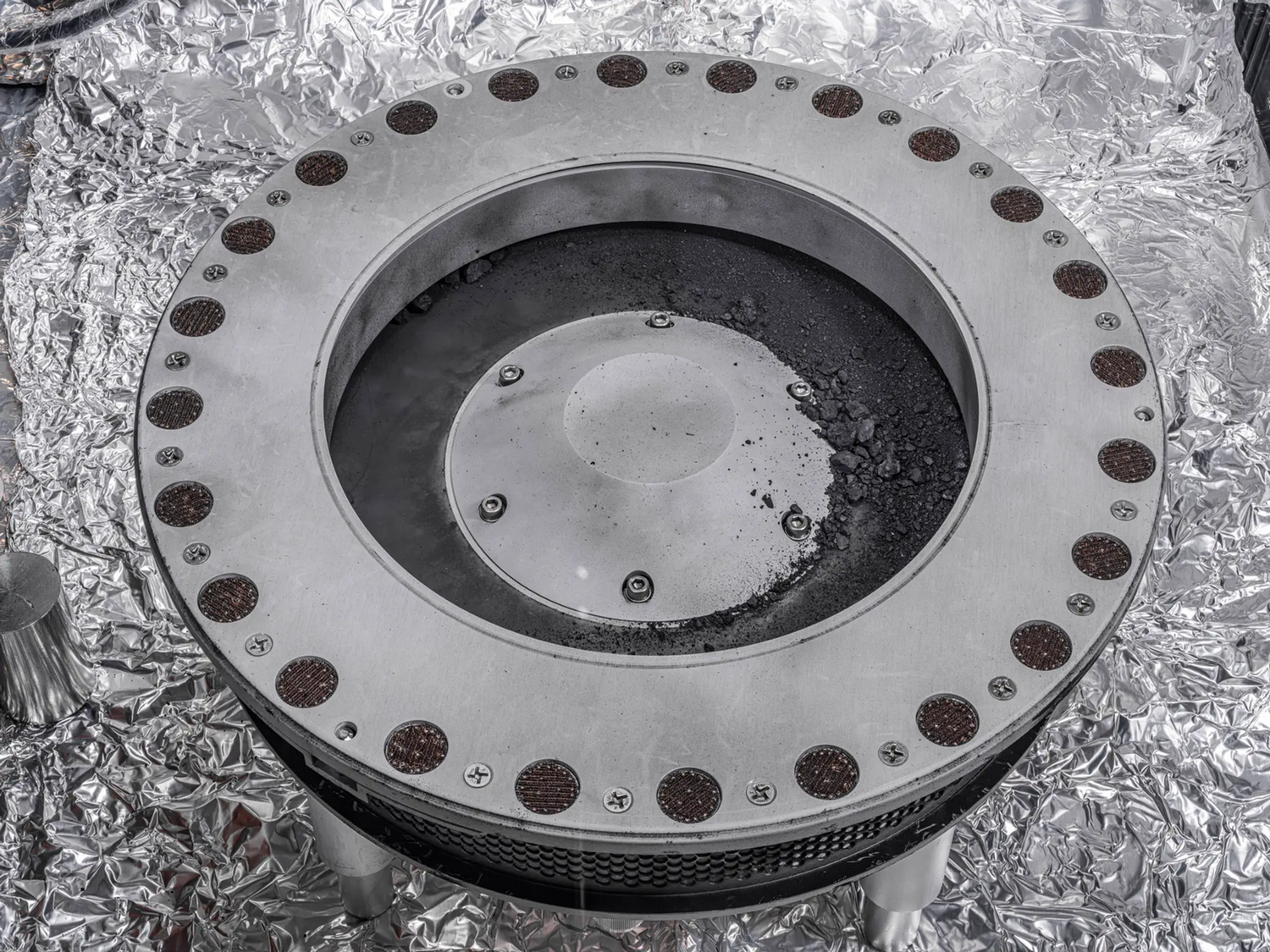1
2
3

|
|||
Melinda Lanius twists and tangles excitement for mathematics through a Math Carnival in HuntsvilleThousands of people attended the third annual STEAM Fest on Oct. 28 hosted by the Alabama Science Festival at the Von Braun Center in Huntsville. Melinda Lanius, assistant professor, conducted outreach at the event representing Auburn University’s Department of Mathematics and Statistics.
“Developing a good relationship with math early on is really important,” said Lanius.
Lanius held a Math Carnival at the event where students had a chance to learn about knot theory. 
| |||
Auburn astrophysicist explains what 4.5-billion-year-old asteroid could containNASA announced that the sample it collected from asteroid Bennu contains both carbon and water, which could unlock the building blocks of life on Earth.
But how does this small sample hold the potential to determine such an immense question?
“The building blocks are amino acids, lipids, and sugars,” said Bodewits. “The big question is how you can form those molecules and if they are readily available in space. In addition, on Earth many of these molecules are chiral - like your hands - and they all have a particular orientation. Chicken or egg question: is this caused by life? For that, you want to find those molecules in a lifeless setting, such as an asteroid.” 
| |||
Auburn University lab conducts research similar to team that received 2023 Nobel Prize in physicsOn Oct. 3, the 2023 Nobel Prize in Physics was awarded to a team of researchers comprised of Pierre Agostini from The Ohio State University, Ferenc Krausz of the Max Planck Institute of Quantum Optics (Germany) and Anne L’Huillier of Lund University (Sweden). Their groundbreaking research led to the development of the attosecond pulse of light (1 attosecond = 10-18 second) that ultimately allows for the observation of fast-moving electrons in real time. For comparison, an attosecond is to a second what a second is to the age of the universe.
One of Auburn University’s cutting-edge laboratories — led by Professor Guillaume Laurent — conducts similar novel research. Laurent explains the significance of the discovery for his research field in particular, and more generally for humanity, and outlines some of the work being done in his own laboratory, the Auburn Source of Attosecond Pulses (ASAP) lab. His laboratory was established in 2016 and is currently supported by the U.S. Department of Energy’s Office of Science and the United States Air Force Office of Science Research (AFOSR). 
| |||
View previous issues of COSAM Today.We want to hear from you! Share your good news with us.COSAM Today is published by COSAM's Office of Communications and Marketing. Questions? Send an email to mcg0052@auburn.edu. |
|||


